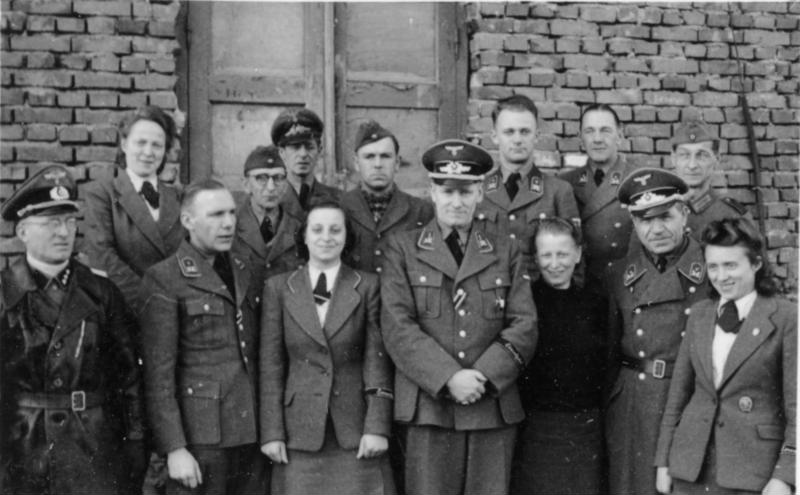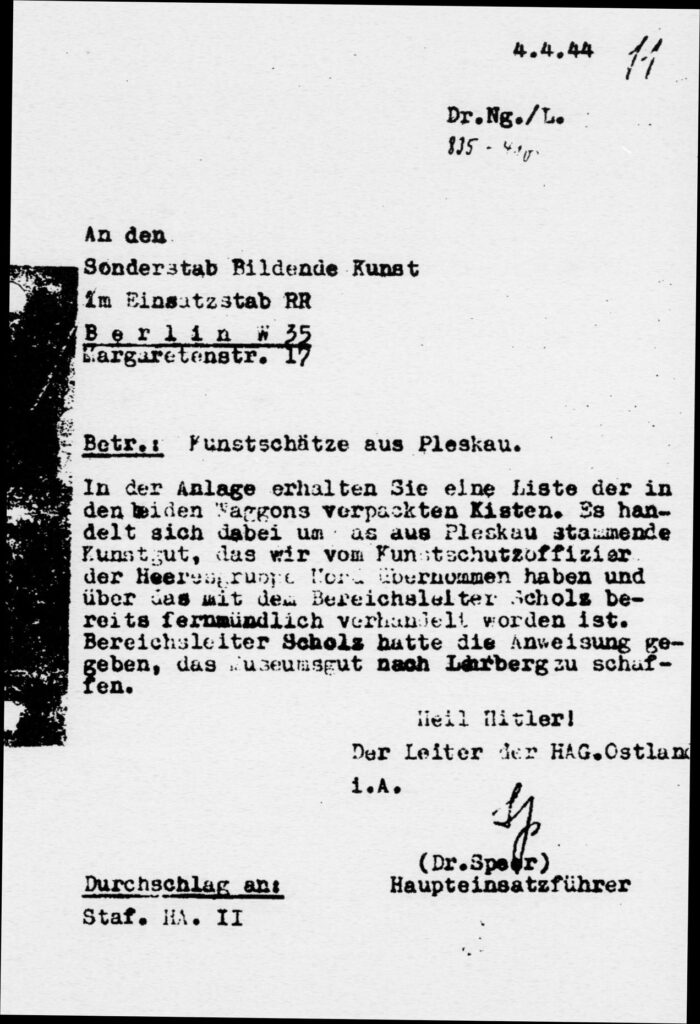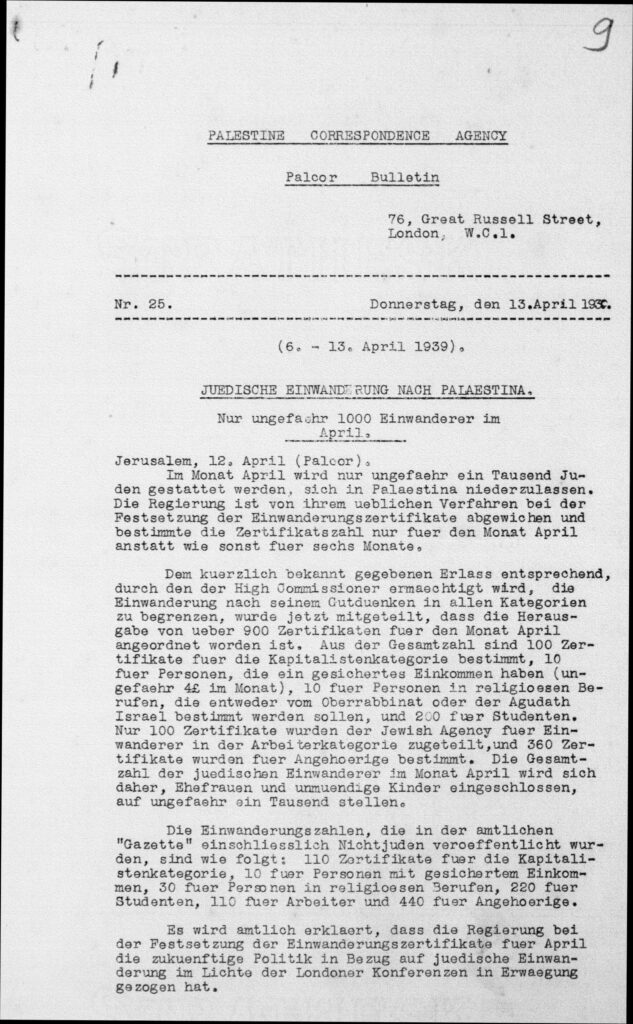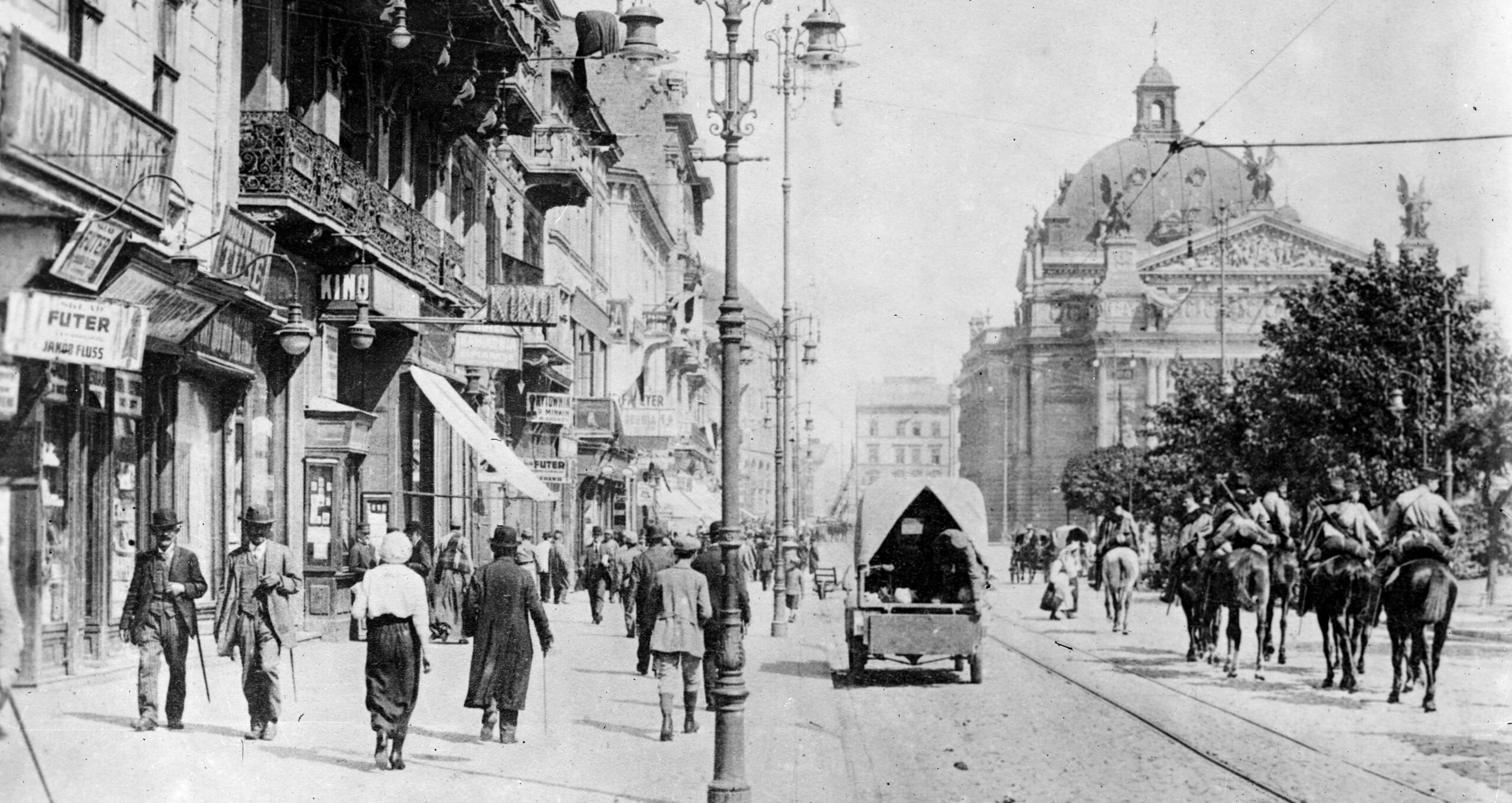│By Philip Virta, Senior Acquisitions Editor│
The Archives Unbound program provides multiple perspectives on global history. Through our institutional partners and archival collections, we preserve, protect, and provide access to government documents, personal papers, organisational records, and heritage collections. In a historic period that has seen conflicts threatening lives, freedom, and cultural heritage, Gale Primary Sources is proud to do its own small part in preserving the past for the benefit of future generations.
Two New Ukrainian Collections
This year (2024), we are releasing two archives from Ukraine, where the very institutions tasked with safeguarding the historical record are under threat of destruction. From the Central State Archive at Kiev and the State Historical Archive of Lviv, we have digitised two collections that document the traditions, cultural values, society, and religious beliefs of ethnic groups in eastern Europe, especially the Jewish communities.
Cultural Policies and Plunder of the Third Reich in Occupied Europe: Files of the Einsatzstab Reichsleiter Rosenberg, Kiev, Ukraine, 1941-1944 and Ukrainian Archives: Road to Palestine: Zionist Movements in Lviv, 1890-1939 provide a valuable record of a turbulent time period in European history during which empires and nations rose and fell, borders changed, and ethnic groups were subjected to threats to their way of life, and upheaval of their homes and homelands. In many cases, they even faced deportation and genocide at the hands of occupying powers.
These histories are important as a testament to social change and conflict, and they serve as a record lest we forget.
Preserving the Historical Record
There is a grim parallel in the historical subject and makeup of these collections to what is currently happening in the war in Ukraine: communities sundered by war and persecution, cultural heritage under threat of seizure or destruction, property occupied or looted, a regime seeking to enforce its will upon a country and its people.
In The Life of Reason, 1905, the often quoted (and frequently misquoted) George Santayana wrote: “Those who cannot remember the past are condemned to repeat it.” To this end, we at Gale work to preserve the historical record so we can remember and learn from it. Let us examine these two collections in a little more detail to better understand their importance and significance.
Cultural Policies and Plunder of the Third Reich in Occupied Europe: Files of the Einsatzstab Reichsleiter Rosenberg, Kiev, Ukraine, 1941-1944
Einsatzstab Reichsleiter Rosenberg (ERR) was a Nazi organisation that operated during World War II in the occupied territories of western and eastern Europe. ERR had broad powers in the ideological struggle against the enemies of National Socialism and the confiscation of materials belonging to ideological adversaries of Nazism (Bolshevism, Freemasonry, and Judaism, among others). Adolf Hitler bestowed these powers upon the Nazi Party ideologist, Alfred Rosenberg – the Führer’s personal representative for spiritual and ideological training, as well as the education of the members of the NSDAP (Nazi Party).

The records in this collection are made up of the ERR’s daily and weekly reports from 1940 until early 1943. The documents are assembled into record group 3676 (Reichsleiter Rosenberg’s Staff for Occupied Eastern Territories) and record group 3674 (Reichsleiter Rosenberg’s Staff for Occupied Western Territories and the Netherlands).
They include reports detailing inspections of private apartments, primarily those of Jewish citizens, and the “requisitioning” of libraries, archives, and private collections from such private residences. Judaica and Hebraica materials confiscated from public and private libraries alike were forwarded to the “Institute for Research of the Jewish Question,” a Nazi research centre that had been envisioned as a museum which would chronicle Jewish life prior to its post-war extinction.

The ERR archive offers a great potential for scholarly and general cultural research – not only for studying the transfer of cultural treasures out of museums, libraries, and archival collections (governmental and private), but also for researching other topics, such as the history of the occupation of Europe during World War II, the ideology and culture of Nazi Germany, the fortunes of many specific individuals in the warring parties, and the activity of scholarly and cultural institutions, publishing houses, and religious and political organisations in Europe.
Ukrainian Archives: Road to Palestine: Zionist Movements in Lviv: Zionist Organizations, Women’s and Children’s Organizations, and Government Records
This collection reflects the essential dynamism of Jewish political and social life in interwar Poland from its development, following the reestablishment of Polish independence in 1918 through to the Holocaust. The collection focuses on one of the most politicised Jewish communities of interwar Poland: Eastern Galician Jewry and its capital in Lviv, which was then the third largest city in Poland.
![The Jewish quarter after the November 1918 Pogrom in Lviv, 1918. [Photograph].](https://review.gale.com/wp-content/uploads/2024/09/The_Jewish_quarter_after_the_November_1918_Pogrom_in_Lviv.jpg)
One should note the variety of designations given to the city of Lviv through history: ‘Lemberg’ under Austrian rule (1772-1918), it became ‘Lwów’ during the Polish Republic (1918-1939), ‘Lvov’ under Soviet occupation (1939-1941), ‘Lemberg’ under German occupation (1941-1944), ‘Lvov’ in the Soviet Union (1945-1991), and finally ‘Lviv’ in independent Ukraine (1991-). The changes in the city name alone are an indicator of the turbulent history of the community. For clarity, the city will be most often referred to by its contemporary name, Lviv.
Ukrainian Archives: Road to Palestine is comprised of materials in Hebrew, Yiddish, German, Polish, and occasional English-language documents from multiple smaller collections. Most documents deal with the Lviv province and city where the Jewish population numbered nearly 100,000 and represented almost a third of the population. The Jewish population was surrounded by a Polish majority and a significant Ukrainian minority in the city, while the province itself was made up mostly of Ukrainians.
![53 Jewish orphans at Lwów, [Negative].](https://review.gale.com/wp-content/uploads/2024/09/53-Jewish-orphans-at-Lwow-btw-1920-1925.jpg)
The documents describe the Lviv branches of Jewish emigration institutions that helped Jewish people on their road to Palestine. They provide detailed legal, financial, and personal information about organisations working towards aliyah, that is, emigration to Israel. Among them are the Jewish Emigrant Aid Society, the Association of Palestine Rebuilding Keren Hayesod, and the Regional Zionist Organization of Lviv.
Similarly, the collection supplies information on youth, pioneer, and scout associations concerned with the education, upbringing, and professional training of young people for emigration to Palestine. Societies such as Hakhaluts (the Pioneer), Hano’ar Hatsioni (Zionist Youth), Hano’ar Ha’ivri (Hebrew Youth), and Hakhaluts Khaklai Tsioni (Zionist Pioneer in Agriculture) were all active in accelerating the politicisation and secularisation of the Jewish generation born after World War I.

The emphasis on the regional aspect of the development of Zionism in Poland can be used by scholars, whether historians, sociologists, or political scientists, interested in comparative research with the addition of new elements to a comparative history of the development of Zionism according to its local and regional roots in Poland.
The history of the Jewish community in Lviv was rich and vibrant, but ultimately tragic. While a limited number of people were able to find their way to Palestine, the Jewish population in Lviv was almost entirely murdered in the Lviv ghetto from November 1941 to June 1943 by Nazi forces with the active collaboration of Ukrainian nationalists.
Preserving Histories and Cultures
These two archival collections provide an important record of the societies and cultures of Eastern Europe during the twentieth century up to World War II. The Ukrainian Archives: Road to Palestine collection depicts a community – the Jewish population of Lviv – that experienced tremendous transformations as political forces shifted and territorial boundaries changed. The struggles and triumphs of the community are preserved in the correspondence, reports, and newsletters of the collection.
Cultural Policies and Plunder of the Third Reich in Occupied Europe tells the story of marginalised populations from the perspective of the oppressor. The papers of the Einsatzstab Reichsleiter Rosenberg reveal the artifacts of an educated society, flourishing with art, culture, literature, religion, and science, that was tragically eliminated as enemies of National Socialism.
Digitally preserving these collections is necessary and timely, especially in light of the possibility of destruction of the originals due to the ongoing war in Ukraine. Gale is proud to do its part in maintaining the historical record.
If you enjoyed reading this blog, then check out these posts:
- The Untold Story of the 700 Orphaned Polish Children of New Zealand
- Building a Digital Archive: The Role of Privacy and Content Breadth in Refugees, Relief and Resettlement
- Using Archives Unbound to Explore the Agency of the Oppressed
Blog post cover image citation: Bain News Service, (ca. 1915-1920), Lemberg, [Negative]. Library of Congress, https://www.loc.gov/pictures/resource/ggbain.22020/.

